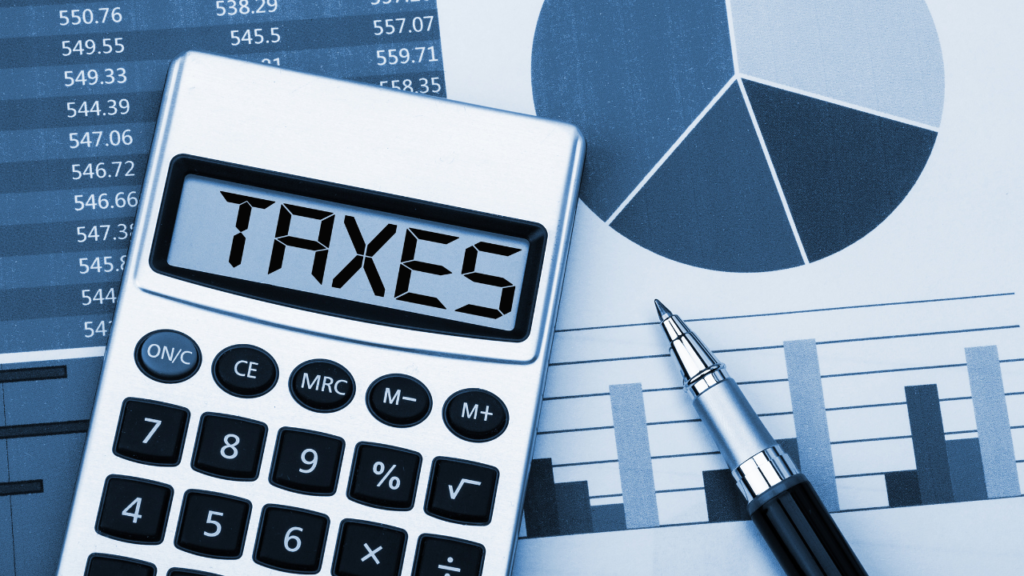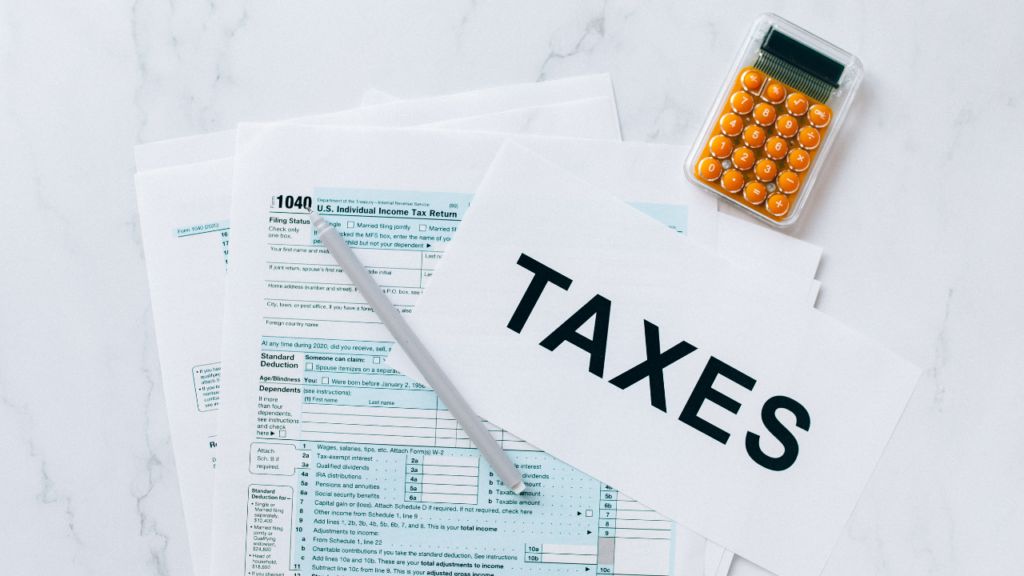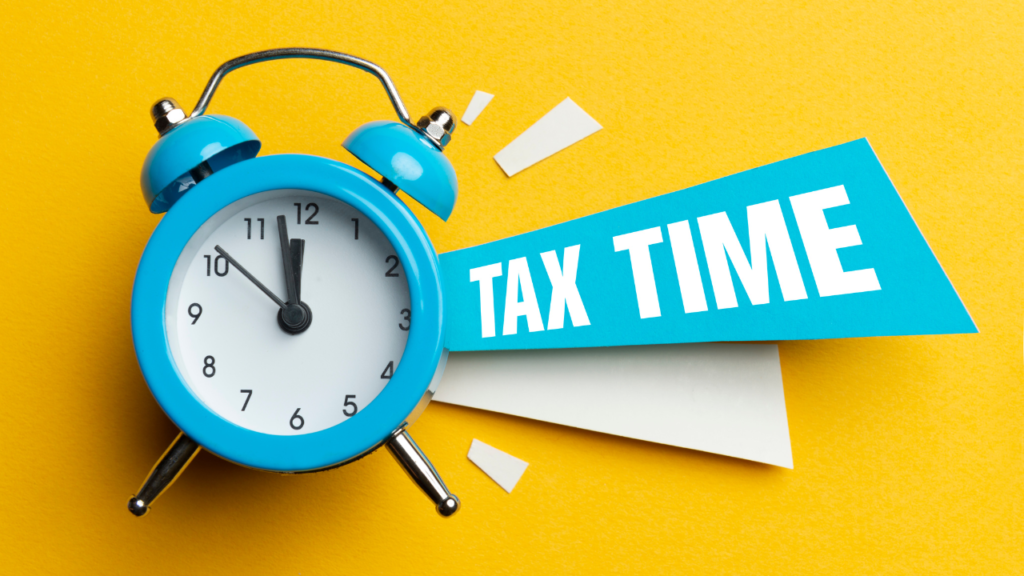Tax planning is an essential aspect of managing a small business, and it requires careful consideration and preparation to minimize tax liabilities and ensure compliance with tax laws. Small business owners who neglect tax planning may face penalties and legal consequences that can jeopardize the success of their business.
This article will explore various tax planning for small business strategies for minimizing tax liabilities, identifying tax deductions and credits, managing tax brackets and income thresholds, accounting and bookkeeping for tax purposes, working with a tax professional, forecasting tax liabilities, structuring the business for tax efficiency, and planning for the future through succession planning and exit strategies. By understanding these concepts and implementing them in their business operations, small business owners can maximize their tax savings and achieve long-term financial stability.
Table of Contents
ToggleUnderstanding Taxation for Small Businesses
Tax Planning for Small Business Owners
As a small business owner, it’s essential to understand the different types of taxes that apply to your business. Proper tax planning can help you save money and ensure compliance with the tax laws. Here are some important types of taxes that you should be aware of:
Income Tax
Income tax is a tax on the profits earned by your business. The amount of income tax you pay will depend on your business structure. For example, your business income is reported on your tax return if you’re a sole proprietor. On the other hand, if you’re a corporation, you’ll need to file a separate tax return.
Self-Employment Tax
Self-employment tax is a tax that’s similar to Social Security and Medicare taxes for employees. As a self-employed individual, you’re responsible for paying the employer and employee portions of these taxes. The self-employment tax rate is currently 15.3% of your net earnings.
Sales Tax
A sales tax is a tax that’s imposed on the sale of goods and services. The rules for sales tax vary from state to state, so it’s important to understand the regulations in your area. In some states, sales tax only applies to tangible goods; in others, it also applies to services.
Payroll Tax
Payroll tax is a tax that’s withheld from your employees’ paychecks. As an employer, you’re responsible for withholding the correct amount of payroll tax and remitting it to the government regularly. The payroll tax rate varies depending on the income earned by your employees.
Property Tax
Property tax is a tax on the value of your business’s real estate and personal property. The amount of property tax you pay will depend on the value of your assets and the tax rate in your area.
Understanding these different types of taxes is the first step toward effective tax planning. By staying on top of your tax obligations and taking advantage of applicable deductions and credits, you can minimize your tax liability and keep more money in your business.
Tax obligations and deadlines for small businesses
As a small business owner, staying on top of your tax obligations is important to avoid penalties and interest charges. Here are some common tax obligations and deadlines for small businesses:
Federal Income Tax: Small businesses must file an annual federal income tax return. The deadline for this return is typically April 15th of each year unless an extension is requested.
State Income Tax: Depending on your state, you may also be required to file a state income tax return. Deadlines vary by state.
Sales Tax: If your small business sells goods or services, you may be required to collect and remit sales tax to the state. The deadline for filing and remitting sales tax varies by state.
Payroll Taxes: If you have employees, you are required to withhold and remit payroll taxes to the federal and state government. Deadlines for filing and remitting payroll taxes vary by state.
Excise Taxes: If your small business sells certain goods or services, you may be required to pay excise taxes. The deadline for filing and paying excise taxes varies by type of tax.
It’s important to consult with a tax professional or use tax preparation software to ensure you meet your tax obligations and file on time. Failing to do so can result in penalties and interest charges.

Penalties and consequences for non-compliance with tax laws
Non-compliance with tax laws can result in severe penalties and consequences for small business owners. The specific penalties and consequences depend on the type of non-compliance and the severity of the violation.
Some common penalties for non-compliance with tax laws include fines, interest charges, and legal action. The IRS and state tax agencies can impose fines and interest charges on late or non-paying taxes. These penalties can accumulate quickly, resulting in significant financial burdens for small business owners.
In addition to financial penalties, non-compliance with tax laws can lead to legal action. The IRS can take legal action against small business owners who fail to comply with tax laws, including seizing assets, issuing bank account levies, and filing property liens. In extreme cases, non-compliance with tax laws can even result in criminal charges and imprisonment.
Small business owners must understand their tax obligations and comply with tax laws to avoid penalties and legal consequences. Seeking professional advice from a tax expert or accountant can help ensure compliance and mitigate potential risks.
Strategies for Minimizing Tax Liabilities
As a small business owner, having a solid understanding of tax laws and regulations to minimize tax liabilities is important. Below are some strategies to consider:
- Keep accurate records: Maintaining accurate records of all financial transactions is crucial for minimizing tax liabilities. By keeping good records, you can ensure that all deductions and credits are claimed, and you can easily provide documentation if needed.
- Take advantage of deductions and credits: There are numerous deductions and credits available to small business owners to help reduce tax liabilities. Some common deductions include expenses related to travel, equipment, and supplies.
- Consider incorporation: Depending on your business structure, incorporation may provide certain tax benefits, such as lower tax rates or greater access to deductions.
- Maximize retirement contributions: Contributing to a retirement account, such as a 401(k) or IRA, can provide tax benefits and help reduce taxable income.
- Work with a tax professional: A qualified tax professional can help you navigate complex tax laws and regulations and identify opportunities for minimizing tax liabilities.
By implementing these strategies, small business owners can reduce their tax liabilities and keep more of their hard-earned profits.

Identifying tax deductions and credits
Identifying tax deductions and credits is a key strategy for small business owners to minimize their tax liabilities. Deductions refer to expenses that can be subtracted from a business’s taxable income, while credits reduce the amount of tax owed directly.
Common tax deductions for small businesses include expenses related to operating and maintaining the business, such as rent, utilities, and salaries. Additionally, marketing, advertising, and travel expenses may also be deductible.
Tax credits, on the other hand, can directly reduce the amount of tax owed. Examples of tax credits for small businesses include:
- The research and development tax credit.
- The small business health care tax credit.
- The work opportunity tax credit.
To take advantage of deductions and credits, small business owners should keep detailed records of their expenses and consult with a tax professional to ensure they maximize their tax benefits while complying with tax laws.
Managing tax brackets and income thresholds
Managing tax brackets and income thresholds can help small business owners minimize their tax liabilities. By understanding the tax brackets and income thresholds, small business owners can strategically manage their income to stay within lower tax brackets and reduce their overall tax bill.
Tax brackets refer to the income ranges taxed at different rates. The US tax system has seven tax brackets, each with its tax rate. Small business owners can reduce their overall tax bill by managing their income to stay within a lower tax bracket.
On the other hand, income thresholds refer to the point at which tax rates increase or certain deductions or credits phase out. By managing their income to stay below certain thresholds, small business owners can take advantage of deductions and credits to further reduce their tax liability.
Small business owners can also consider strategies such as deferring income to future years or accelerating deductions to the current year to manage their tax brackets and income thresholds. It is important to work with a qualified tax professional to ensure that these strategies are implemented correctly and legally.

Tax loss harvesting and carryovers
Tax loss harvesting and carryovers can help small business owners minimize their tax liabilities. Tax loss harvesting involves selling investments that have decreased value to offset gains in other investments. Business owners can reduce their taxable income and lower their tax liability. Additionally, losses that cannot be fully used in a given tax year can be carried over to future years, reducing taxable income and liability.
Carryovers also apply to certain tax credits, such as the Research and Development tax credit. Suppose a business has more tax credits than it can use in a given year. In that case, it can carry the unused credits to future tax years, resulting in significant tax savings over time.
Overall, tax loss harvesting and carryovers can be effective strategies for small business owners looking to minimize their tax liabilities and maximize their after-tax income. However, it is important to consult with a tax professional to ensure that these strategies are implemented correctly and in compliance with applicable tax laws and regulations.
Retirement contributions and tax-deferred savings accounts
Retirement contributions and tax-deferred savings accounts
Small business owners can save money on taxes by taking advantage of retirement contributions and tax-deferred savings accounts. Contributions to tax-deferred retirement accounts, such as traditional IRAs and 401(k) plans, are deductible on the business owner’s tax return, reducing the amount of taxable income.
In addition, small business owners can establish and contribute to a Simplified Employee Pension (SEP) plan or a Savings Incentive Match Plan for Employees (SIMPLE) IRA, which allow for even greater contribution limits than traditional IRAs or 401(k)s.

Accounting and Bookkeeping for Tax Purposes
Keeping accurate financial records
Keeping accurate financial records is crucial for small business owners regarding tax planning. Maintaining detailed and up-to-date records of all business transactions, including income, expenses, receipts, invoices, and bank statements, is essential.
This information can help you identify tax deductions and credits, accurately report your income, and minimize tax liabilities. Using accounting software or hiring a professional bookkeeper is recommended to ensure your financial records are accurate and compliant with tax laws. You can avoid penalties and consequences for non-compliance with tax laws by keeping accurate financial records.
Choosing the right accounting method
Choosing the right accounting method is essential for small business owners to accurately report income and expenses, which can impact their tax liabilities. There are two primary accounting methods: cash basis and accrual basis.
Cash basis accounting: In cash basis accounting, income and expenses are recorded when cash is received or paid. This method is simpler and easier to manage, especially for small businesses with limited transactions. However, it may not accurately reflect the business’s financial performance if there are significant outstanding receivables or payables at the end of the year.
Accrual basis accounting: In accrual basis accounting, income and expenses are recorded when earned or incurred, regardless of when cash is received or paid. This method accurately represents the business’s financial performance, especially for businesses with significant receivables or payables. However, it requires more bookkeeping and accounting work to track and manage.
Working with a tax professional
Small business owners often find it difficult to manage their tax obligations due to the complexity of tax laws and the time and effort required to stay compliant. Many small business owners work with a tax professional to avoid penalties and ensure tax compliance. Here are some benefits of working with a tax professional:
- Expertise: Tax professionals are trained and experienced in tax laws and regulations. They can help small business owners stay compliant and take advantage of tax-saving opportunities.
- Time-saving: Managing taxes can be time-consuming and take small business owners away from running their businesses. A tax professional can save time and help small business owners focus on their business.
- Reduced risk of errors: Tax laws and regulations constantly change, making it difficult for small business owners to keep up. A tax professional can help avoid errors and reduce the risk of audits and penalties.
- Peace of mind: Working with a tax professional can give small business owners peace of mind that their taxes are handled properly and in compliance with tax laws.
When choosing a tax professional, it is important to consider their credentials, experience, and reputation. Certified Public Accountants (CPAs) or Enrolled Agents (EA) are highly qualified tax professionals who can provide valuable tax advice and services to small business owners.
Planning for the Future
Planning for the future involves making informed decisions and taking proactive steps to ensure your small business is well-prepared for potential tax liabilities. Here are some important factors to consider:
Forecasting tax liabilities
Forecasting tax liabilities is a key aspect of tax planning for small business owners. By projecting future income and expenses, businesses can estimate their tax liability for the upcoming year and make adjustments as necessary to minimize their tax burden; This can involve adjusting business practices, such as timing purchases or investments or taking advantage of tax credits and deductions.
Small business owners can use various tools and techniques to forecast their tax liabilities, including financial software and spreadsheets. It is also important to stay up to date on changes to tax laws and regulations that may affect the business’s tax liability.
Structuring the business for tax efficiency
One of the most important decisions that small business owners must make is the legal structure of their company. This decision can have a significant impact on the tax liability of the business. Choosing the right legal structure can help small business owners minimize their tax liability and maximize their profits. Here are some considerations when structuring a business for tax efficiency:
- Sole proprietorship: This is the simplest form of business structure. In a sole proprietorship, the owner is personally liable for all debts and obligations of the business. The income and expenses of the business are reported on the owner’s personal income tax return. This structure does not provide any liability protection, and the owner is personally responsible for any legal or financial obligations of the business.
- Partnership: In a partnership, two or more people share business ownership. The partners are personally liable for all debts and obligations of the business. The income and expenses of the business are reported on the partners’ personal income tax returns. A partnership does not provide any liability protection, and the partners are personally responsible for any legal or financial obligations of the business.
- Limited Liability Company (LLC): An LLC is a hybrid structure that combines a corporation’s liability protection with a partnership’s tax benefits. In an LLC, the owners are not personally liable for the debts and obligations of the business. The income and expenses of the business are reported on the owner’s personal income tax return.
- S Corporation: An S Corporation is a tax designation that can be applied to an LLC or a corporation. An S Corporation provides liability protection to the owners, and the income and expenses of the business are reported on the owner’s personal income tax return. An S Corporation has certain restrictions on ownership and the number of shareholders.
- C Corporation: A C Corporation is a separate legal entity from its owners. It provides liability protection to the owners, and the income and expenses of the business are reported on the corporation’s tax return. A C Corporation is subject to double taxation, meaning the business profits are taxed at the corporate level and again when the profits are distributed to the owners as dividends.
Succession planning and exit strategies
Succession planning and exit strategies involve planning for the business’s long-term future, including transferring ownership and assets when the owner retires or leaves the business. This is an important aspect of tax planning as it can significantly impact the business’s and the owner’s tax liabilities.
One strategy for minimizing tax liabilities when transferring ownership is to use a family limited partnership or LLC. This allows the owner to transfer assets to family members while retaining control over the business and can help reduce estate and gift taxes.
Another important consideration is the timing of the transfer. By planning ahead and transferring ownership gradually over the years, the owner can minimize the tax liabilities associated with the transfer. It’s also important to consider the tax implications of different types of transactions, such as stock sales or asset sales.
In addition, to transfer planning, it’s important to consider exit strategies for the business; This could involve selling the business outright, merging with another company, or simply closing the business. Each option has different tax implications, and it’s important to consult a tax professional to determine the best action.
By carefully considering the business’s long-term future and planning ahead for succession and exit strategies, small business owners can minimize their tax liabilities and ensure the continued success of their business for years to come.
Conclusion
In conclusion, tax planning is crucial for small business owners to minimize their tax liabilities and comply with tax laws. Small business owners can optimize their tax planning strategies by identifying deductions and credits, managing tax brackets and income thresholds, utilizing tax-deferred savings accounts, keeping accurate financial records, choosing the right accounting method, working with a tax professional, and planning for the future.
Failure to comply with tax laws can result in severe penalties and consequences, underscoring the importance of staying up-to-date with tax obligations and deadlines. With proper tax planning, small business owners can maximize their financial resources and invest in their business’s growth and success.











